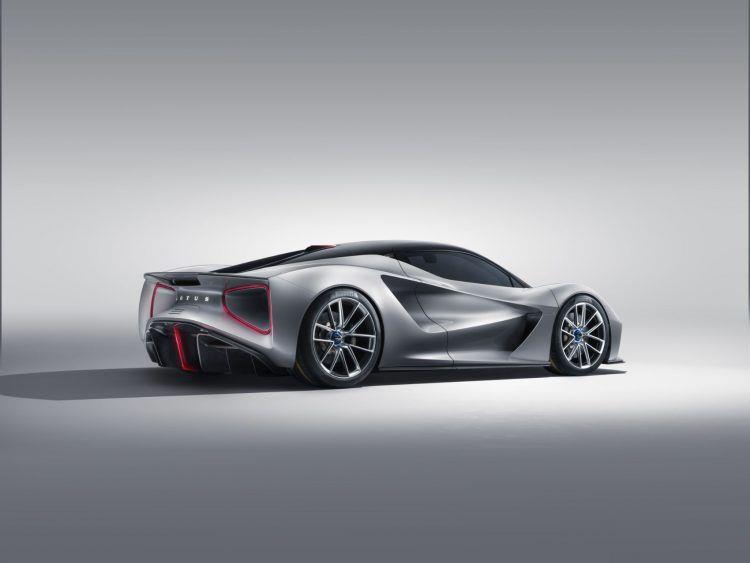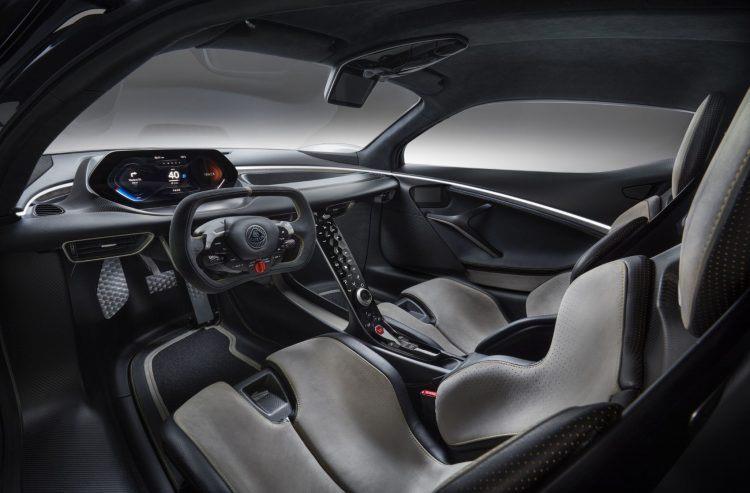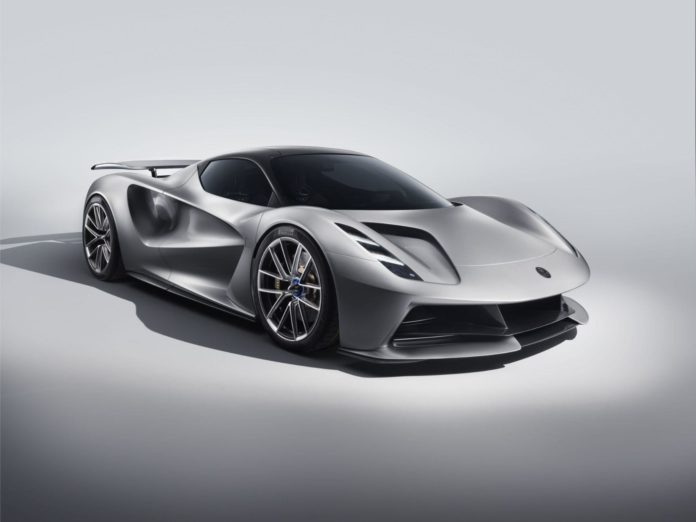- Lotus Evija is the first electric hypercar produced by a car and the first from the UK.
- With aggressive performance targets, the Evija will be the most powerful production car ever.
- Developed in conjunction with Williams Advanced Engineering, only 130 examples will be made.
If — and that's a lot if — Lotus is right about their numbers regarding their just-announced Evija electric hypercar, then Porsche can prepare for their Taycan to be blown up so far off the track that the bloodhound can't find it. And forget Tesla, Lotus Evija can make them look like a bunch of pickers. Now, like I said, this is a big if. And, for me, that's one of the biggest problems in the EV world: it's the constant dissatisfaction with the numbers. It seems like every number in the EV spec has an asterisk. That said, even if Lotus' numbers are down by as much as 10 percent, the Evija will still be one of the most efficient cars on the planet, not to mention EV competition.
Lotus Evija: power and performance
The Evija's all-wheel drive transmission is rated at 2,000 hp. or 1,972 horsepower, making it the most powerful production car in the world. Torque is 1700 Nm (or 1254 lb-ft) with full torque vectoring (via four electric motors) for phenomenal handling. Power is generated from a 2,000 kW lithium-ion battery installed amidships. The whole weight is 1680 kg, about 3700 pounds. Yes, it's hard for Lotus, but easy for EV, especially with those powerful figures. And by that measure, the Lotus Evija has more power at each wheel than the combined power of any other Lotus road car. Ever.
Performance figures add up to impressive numbers: zero to 100 km/h (62 mph) in less than three seconds; zero to 300 km/h (186 mph) in less than nine seconds, and a top speed in excess of 200 mph. Say it like this: count to three, you do speed on the freeway; count to ten and you'll fly faster than a fully loaded 747. All this in about the time it takes the Camry Hybrid to reach 60.
Although we are not finished yet.
Effort without tension
The total range is 250 miles and Lotus says the power can be delivered over an extended period of time. It's a polite and British way of saying that you won't need to go 32 mph most of the time to get that kind of mileage. Thanks to advanced vehicle aerodynamics and a four-radiator battery cooling pack, Evija can run smoothly without losing power for at least seven minutes in track mode.
Let's put this into perspective. You can drive the Lotus Evija just long enough to get past the Nürburgring. In other words, Evija will be the first EV that can compete directly with internal combustion vehicles on the same track. None of those BS 100 yard dashes and test-time resistance bands.
 Lotus Evija has five driving modes: Range, City, Tour, Sport and Track. The F1 style drag reduction system automatically deploys in track mode. Photo: Group Lotos.
Lotus Evija has five driving modes: Range, City, Tour, Sport and Track. The F1 style drag reduction system automatically deploys in track mode. Photo: Group Lotos.
Charging device
"But who cares if it takes me all night to charge it?" - you object. My answer is don't worry. It looks like Lotus has kept the Evija's most impressive figure in a while: thanks to a partnership with Williams Advanced Engineering (yes, the Grand Prix team), the battery is capable of handling a massive 800kW charge. This is more than double what is currently in the industry. Using existing charging technology such as a 350kW device, Evija's charging time will be between 12 minutes to 80 percent and 18 minutes to 100 percent. Compare that to how long it takes to fill a normal EV now.
But with Lotus Evija, things get better.
With the Lotus 800kW charger (which they haven't yet unveiled), the battery can be fully charged in just nine minutes. In other words, you can get a full charge with regular equipment faster than you can eat lunch. With a powerful factory juicer, you can fill up the "tank" of your Evija in less than a coffee break. Lotus says they are talking with suppliers about additional charging solutions for customers.
 An F1-style digital display above the steering wheel provides battery and remaining range information. The carbon-framed seats are hand-finished with thick Alcantara trim. Photo: Group Lotos.
An F1-style digital display above the steering wheel provides battery and remaining range information. The carbon-framed seats are hand-finished with thick Alcantara trim. Photo: Group Lotos.
Related: An in-depth look and technical overview of Lotus Evija.
Pricing and Availability
The bad news, as it stands, is that Lotus will only make 130 Evijas, no coincidence, because that's the 130th Lotus design, counting Grand Prix and sports racers. So get in line now because the order books are open. Have that checkbook ready because a £250,000 bond secures a production slot (that's about $300,000). The list price will be £1.7m plus taxes, or around $1.9m. For that hefty sum, Lotus will let you customize your Evija exactly the way you want, down to the smallest detail.






